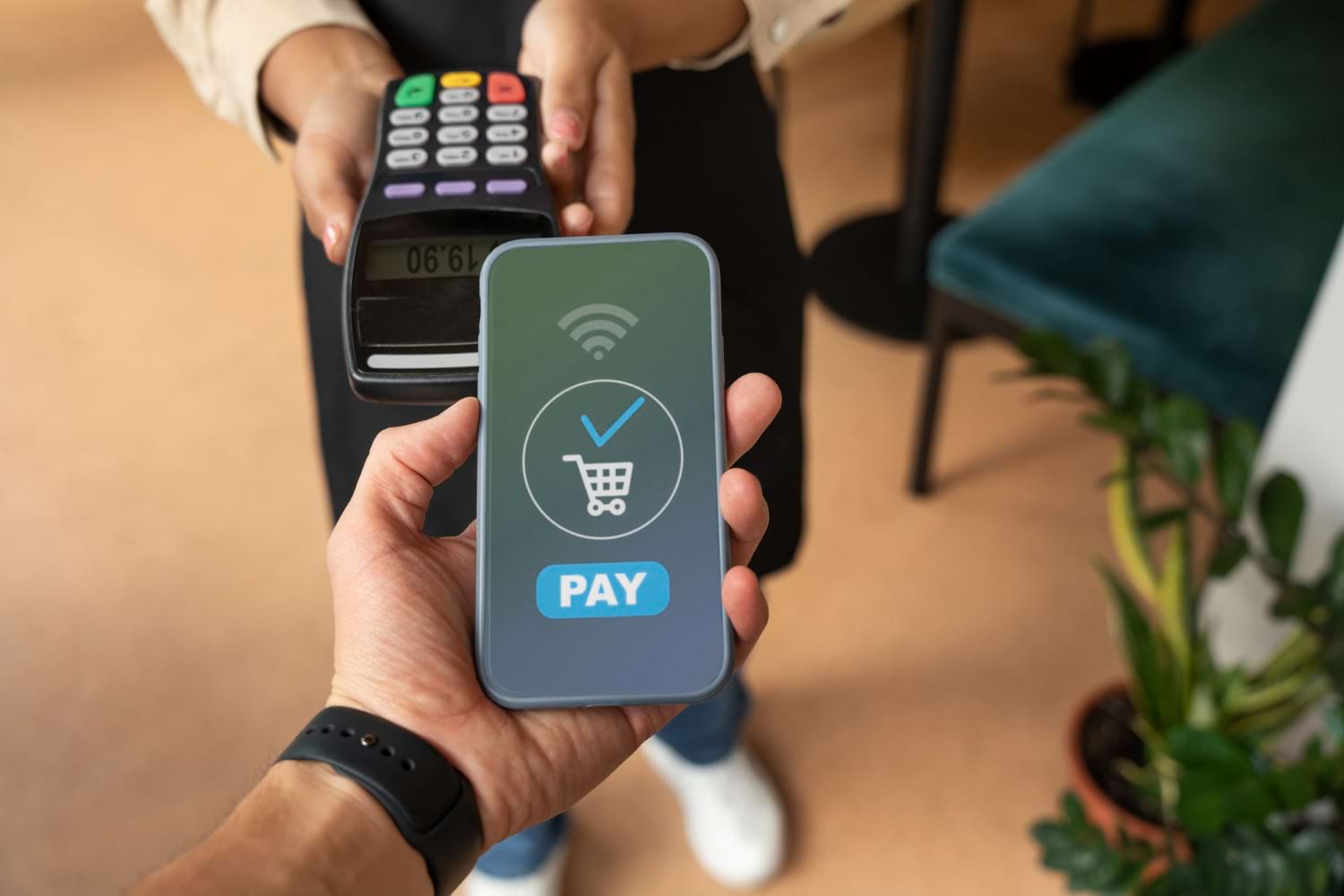As online shopping becomes more widespread and digital marketplaces multiply, the role of payment processors continues to evolve. In today’s hyper-connected world, e-commerce businesses need to offer flexible, secure, and user-friendly payment options to meet the expectations of a global consumer base. Supporting multiple payment methods—especially credit card payments and online bank transfers—has become a baseline requirement rather than a luxury.
Payment processors act as intermediaries that facilitate transactions between merchants and customers. They validate the buyer’s payment information, communicate with issuing banks or credit card networks, and ensure funds are securely transferred to the seller’s account. The more payment methods a processor can handle, the greater its value to the merchant. This flexibility enhances customer satisfaction, reduces cart abandonment, and increases conversion rates—critical performance metrics in a highly competitive environment.
Credit card payments remain the most popular option in many regions, particularly North America and Europe. They offer speed, ease of use, and consumer protections such as chargebacks. Meanwhile, online bank transfers are gaining traction, especially in regions like Scandinavia, the Netherlands, and parts of Asia, where consumers prefer to use familiar banking interfaces and local payment systems. A robust payment processor must support both to ensure inclusivity and maximize customer reach.
Understanding Risk in Payment Processing: High-Risk Businesses and Why They Matter
One of the most misunderstood aspects of digital payment infrastructure is the concept of “high risk” in payment processing. Many business owners find themselves labeled as high risk without fully understanding why. Yet this classification can significantly impact the availability of processing services, fee structures, and even the ability to maintain a merchant account.

Risk in payment processing exists on a spectrum. It does not require illicit activity or fraud for a business to be deemed high risk. Sometimes, simple and common practices—like offering digital courses, running subscription models, or selling high-ticket items—can result in an elevated risk profile.
A reliable payment service provider for e-commerce will understand these nuances and offer tailored solutions. They will work with high-risk businesses to minimize their exposure, implement fraud detection tools, and ensure compliance with industry standards. This is essential for maintaining seamless operations and financial stability.
How a Payment Service Provider for E-Commerce Supports High-Risk Merchants
Merchants categorized as high risk face additional hurdles, such as stricter underwriting, rolling reserves, and elevated transaction fees. However, these challenges can be effectively managed with the right partner. A competent payment service provider for e-commerce will not only enable access to multiple payment methods but also help merchants navigate regulatory complexities and reduce operational risk.
Such providers offer specialized tools and services, including chargeback management, fraud prevention, and payment routing optimization. By analyzing transaction patterns and applying AI-driven risk scoring, they can detect suspicious activities before they become financial liabilities. Additionally, some providers specialize in serving specific verticals like supplements, digital products, coaching, or adult services—industries often flagged as high risk due to subjective satisfaction metrics or regulatory scrutiny.

Moreover, these providers often support alternative payment methods such as crypto wallets, digital wallets like Apple Pay or Google Pay, and region-specific systems like Alipay or iDEAL. This further strengthens the merchant’s ability to reach niche markets and build brand trust through a frictionless and personalized checkout process.
A trustworthy payment service provider for e-commerce can make all the difference by providing flexible options, risk mitigation tools, and comprehensive support. By understanding the intricacies of each payment method and aligning with a provider that specializes in your business model, you can unlock growth, safeguard your operations, and deliver an experience that keeps customers coming back.

